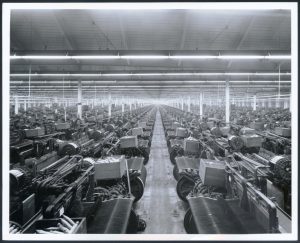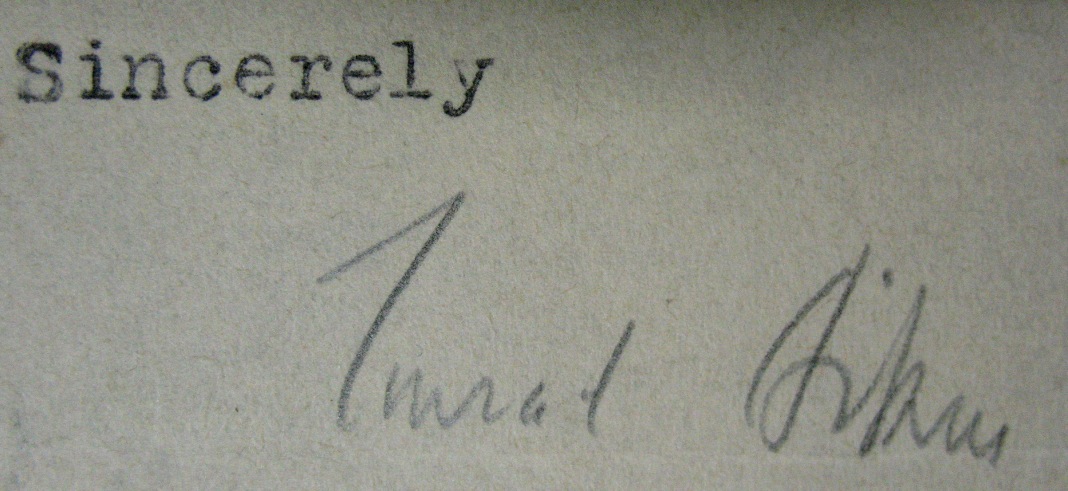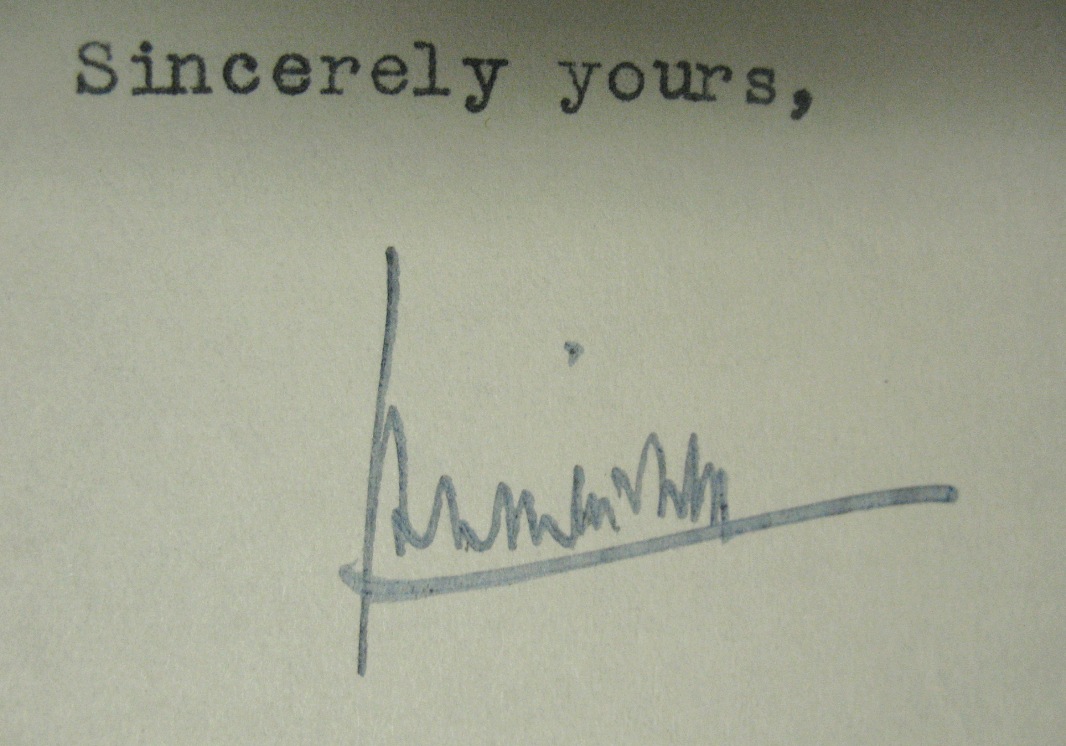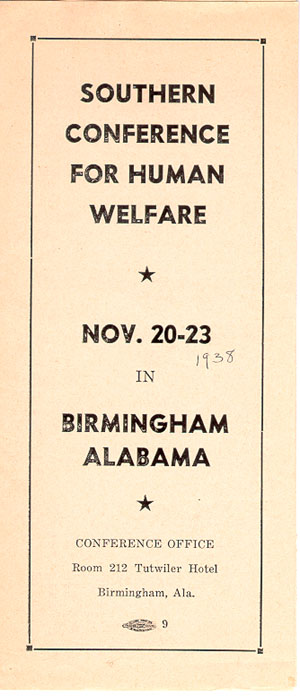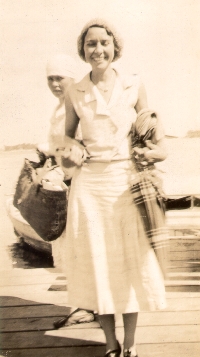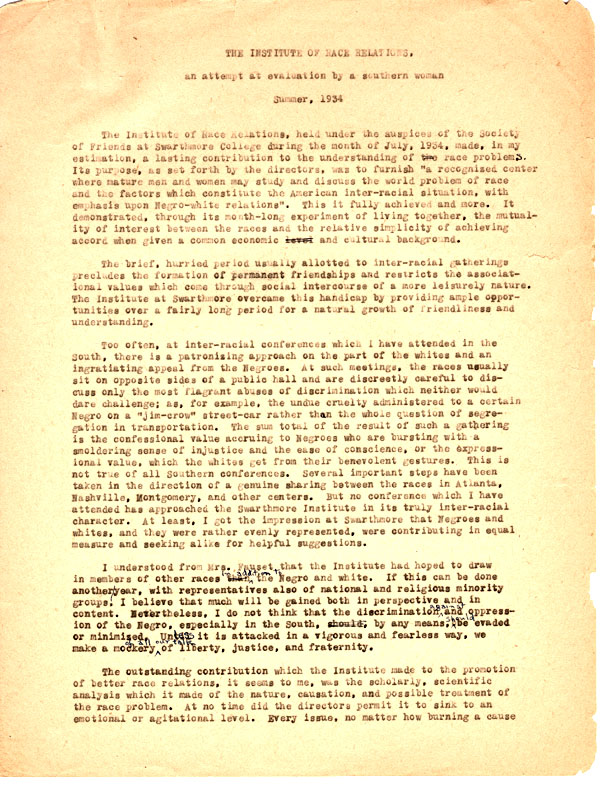[A continuation from part 1 of a post about the 1947 Journey of Reconciliation]…
We include here a video that contains excerpts of audio from a 1974 oral history interview with Igal Roodenko, participant in the 1947 Journey of Reconciliation, from the collection of the Southern Oral History Program (SOHP) at UNC Chapel Hill. The SOHP’s oral histories are archived and preserved at the Southern Historical Collection. Several hundred of these oral histories have been digitized and are available online. To listen to the full interview with Igal Roodenko, please visit:
http://docsouth.unc.edu/sohp/B-0010/menu.html
This video also contains a montage of images, primarily taken from the holdings of the Southern Historical Collection. The SHC contains scattered documentation about the 1947 Journey of Reconciliation and about the life and work of Reverend Charles M. Jones, including (but not limited to):
- Charles M. Jones Papers (finding aid for collection #5168)
- Robert L. Johnson Papers (finding aid for collection #5362)
- Fellowship of Southern Churchmen Records (finding aid for collection #3479)
- Joseph Felmet Papers (finding aid for collection #4513)
- Southern Oral History Program (finding aid for collection #4007): Including these digitized interviews B-0010; A-0035; B-0041; and others not yet digitized.
We are very proud to be the repository for these important primary source materials documenting this often-forgotten episode of Southern history. However, we can’t help but notice that there are many missing pieces in the archival record that might tell the rest of the story. Could it be that there really is only one photograph of the 1947 freedom riders? What about documentation of the cab drivers and others who opposed the riders? We still have our work cut out for us.




